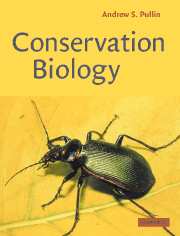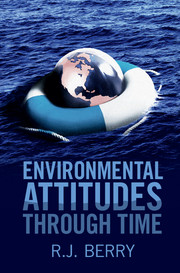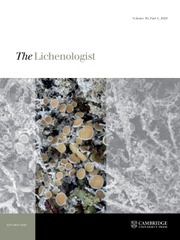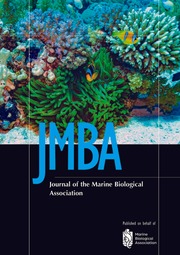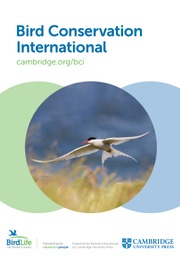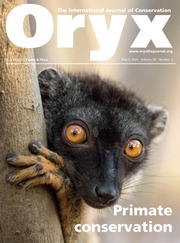Conservation Biology
This beautifully illustrated textbook introduces students to conservation biology by taking the reader on a tour of the many and varied ecosystems of our planet, providing a setting in which to explore the factors that have led to the alarming loss of biodiversity. In particular, the fundamental problems of habitat loss and fragmentation, habitat disturbance and the non-sustainable exploitation of species in both aquatic and terrestrial ecosystems are explored. The methods that have been developed to address these problems from the most traditional forms of conservation to new approaches at genetic to landscape scales are then discussed, showing how science can be put into practice.
- The first comprehensive introduction to conservation biology with a global perspective
- Written in an easy, accessible style
- Illustrated with numerous colour pictures and diagrams throughout
- Each chapter features key ideas, suggestions for further reading, relevant websites and points for discussion
- Text boxes used throughout to present supplementary information, definitions and case studies from around the world
Reviews & endorsements
"Provides a fine overview of this complex and important field." Southeastern Naturalist
"...an exceptionally lucid, well-organized textbook that thoroughly explains the science and application of conservation biology." Ecology
Product details
July 2002Hardback
9780521642842
358 pages
254 × 203 × 21 mm
0.96kg
119 b/w illus. 46 maps 15 tables
Available
Table of Contents
- Part I:
- 1. The natural world
- 2. Major world ecosystems
- Part II:
- 3. The human impact
- 4. The effects of habitat destruction
- 5. The effects of habitat disturbance
- 6. Non-sustainable use
- Part III:
- 7. The rise of conservation biology
- 8. Selecting protected areas
- 9. Design and management of protected areas
- 10. Protecting species I. In situ conservation
- 11. Protecting species II. Ex-situ conservation and re-introduction
- 12. Landscape scale conservation
- 13. Conserving the evolutionary process (a longer-term view of conservation)
- 14. Ecological restoration
- 15. Putting the science in to practice.

